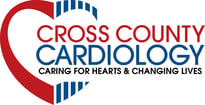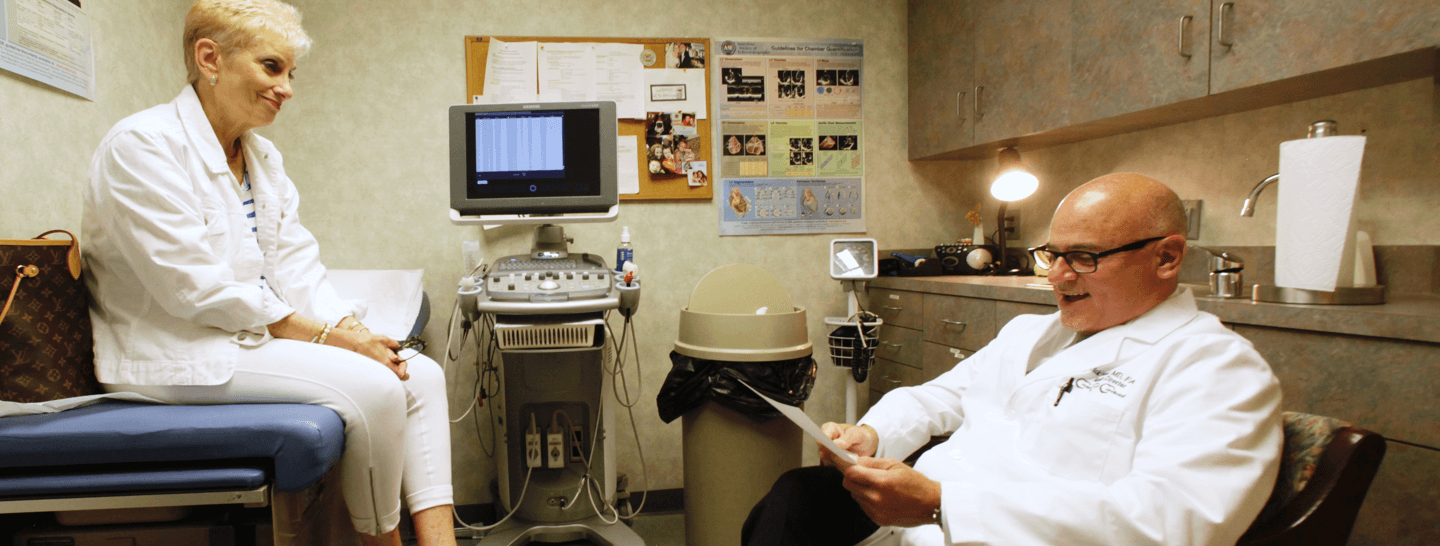When it comes to managing heart failure (HF), initiating and uptitrating medications early after hospital discharge has long been recognized as a critical component of care. However, a recent analysis of the STRONG-HF trial has shed new light on the benefits of rapid uptitration of medical therapy, regardless of the patient's left ventricular ejection fraction (EF). This groundbreaking finding underscores the importance of a high-intensity care strategy for patients with acute HF. In this blog post, we will delve into the key takeaways from the analysis and explore how implementing this strategy could improve patient outcomes.
Reduced Risk of Death or HF Readmission: The primary finding of the pre-specified analysis conducted on the STRONG-HF trial data revealed that initiating and uptitrating HF medications within a few weeks of hospital discharge significantly reduces the risk of death or HF readmission at 180 days. This result emphasizes the critical window of opportunity for optimizing medication regimens immediately after acute HF episodes. By promptly adjusting dosages and closely monitoring patients, healthcare providers can effectively mitigate the risk of adverse outcomes and improve long-term prognosis.
Benefits Across the Spectrum of Ejection Fraction: Traditionally, different treatment recommendations have been provided for patients with chronic HF based on their left ventricular EF. However, the analysis of the STRONG-HF trial demonstrated that the benefits of rapid uptitration of neurohormonal modulators extend uniformly across the spectrum of EF. Regardless of whether patients had reduced, mildly reduced, or preserved EF, the high-intensity care strategy yielded favorable outcomes.
Implementing Rapid Uptitration in Clinical Practice: Dr. Matteo Pagnesi, a cardiologist with ASST Spedali Civili di Brescia, Italy, highlighted the implications of this analysis. He emphasized that the current guidelines for HF treatment often differentiate between EF categories. However, the findings from STRONG-HF suggest that a rapid uptitration strategy can be implemented in clinical practice for patients with acute HF, regardless of their EF. This could potentially simplify the treatment approach, ensuring that all patients receive timely and effective therapy to optimize their outcomes.
The Power of Close Follow-Up: Central to the success of the high-intensity care strategy is the concept of close follow-up. By regularly monitoring patients, healthcare providers can make timely adjustments to medication dosages based on individual responses and tolerability. This personalized approach allows for a tailored treatment plan that maximizes the benefits of medication optimization while minimizing the risk of adverse events. Close follow-up also provides an opportunity to address any potential barriers to adherence and reinforce lifestyle modifications that can further enhance the patient's well-being.
Conclusion: The analysis of the STRONG-HF trial has provided compelling evidence that rapid uptitration of medical therapy in the early stages of acute HF can significantly improve patient outcomes. The benefits extend across the entire spectrum of left ventricular EF, challenging the traditional categorization of treatment recommendations based on EF alone. By embracing a high-intensity care strategy, healthcare providers can optimize therapy, reduce the risk of adverse events, and ultimately improve the prognosis for patients with acute HF. This finding has the potential to revolutionize clinical practice and lead to more effective management of this debilitating condition.
To read study click here.




